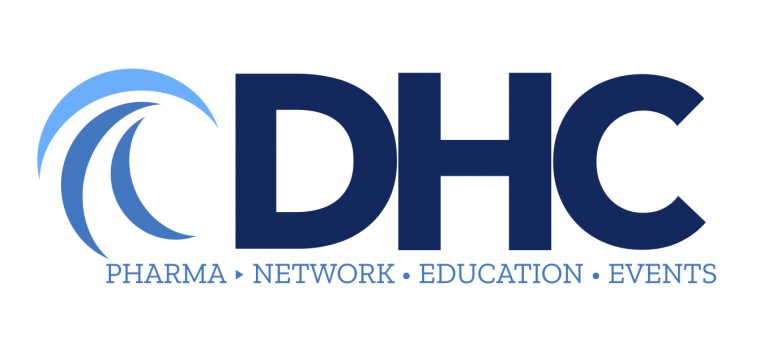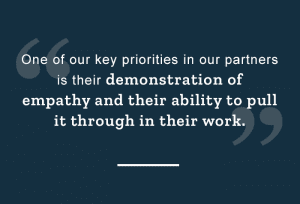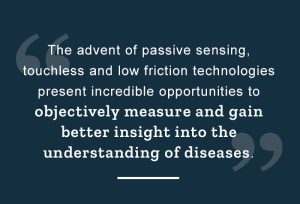Digital Health Coalition Newsletter - August 2019


FEATURED CONTENT: The Customer Experience
Ask any marketer, program partner, agency executive or corporate lead about the customer experience, and without exception, they will agree that designing for the patient’s or healthcare provider’s experience is an imperative in today’s pharma marketing. JUICE Pharma founding partner, Forrest King summarized the importance of the topic “The challenge we all face is essentially creative. It is a complex problem that needs creative, problem-solving skills—promote your brand advantage and drive preference while anticipating the needs of your customers. Address their needs, gain trust, then share your story. The consequences of not providing this seamless customer experience are costly.”
There are articles, blogposts, and conference lectures dedicated to the topic, but for this month’s newsletter we would like to focus on where DHC members are seeing the best opportunities for innovation application related to this omnibus industry catchphrase “Customer Experience”.
Designing with Patient Journey in Mind

…BUT FIRST, ORGANIZATIONAL STRUCTURE:
Among the innovation streams under consideration are chatbots, AI, partnerships within the social sphere, and treatment partnerships in virtual medicine. In a survey of pharma marketers earlier this year, 64% of marketers indicated that their organizational model had already moved to “a mix of centralized resources and decentralized leads embedded within brands”, with many of those surveyed citing the greatest strength or opportunity within these teams as “patient-centricity”.

At the DHC Summit at Pfizer, a fireside chat with Melissa Mackey (formerly Novartis, now Verizon) and Tricia Brown (Digital & Technology Strategy at Merck) focused on the ways that organizational structure shifts allow for better focus on the customer experience. Tricia explained that “fundamentally what we’re saying is that improving capabilities is most important. It is about the customer experience that we believe will drive better business results. This focus on digital and optimizing digital is critical.”
“Consumers across the board expect a better and more seamless experience, online and off. From their first impression of you to their first interaction with your brand, and even after they are customers, their experience should be frictionless and personalized.”
…AND NOW, TECHNOLOGY ADVANCEMENTS

CHATBOTS
We spoke with the team at imre Health to learn how they were able to develop a chatbot that met specific and personal patient needs when they used this method. The team developed a first-of-its kind chatbot to create a discoverable, intuitive and informative digital destination for women suffering from dyspareunia to learn more about what is happening to their bodies and seek the right treatment option for them, anonymously.
Through a mix of unbranded content and an exit path to an unbranded website and social channel, the chatbot serves as an educational tool to guide women in their journey and provides a space for listening to others experiencing symptoms.
Cara Peckens, VP at imre Health summarized “This chatbot creates a new way for women to validate their experiences and explore solutions free from stigma, but it also moves them more quickly toward a next step specific to their individual needs. It’s a perfect bridge step for women stalled between the black hole of WebMd and initiating an awkward conversation with their doctor.”
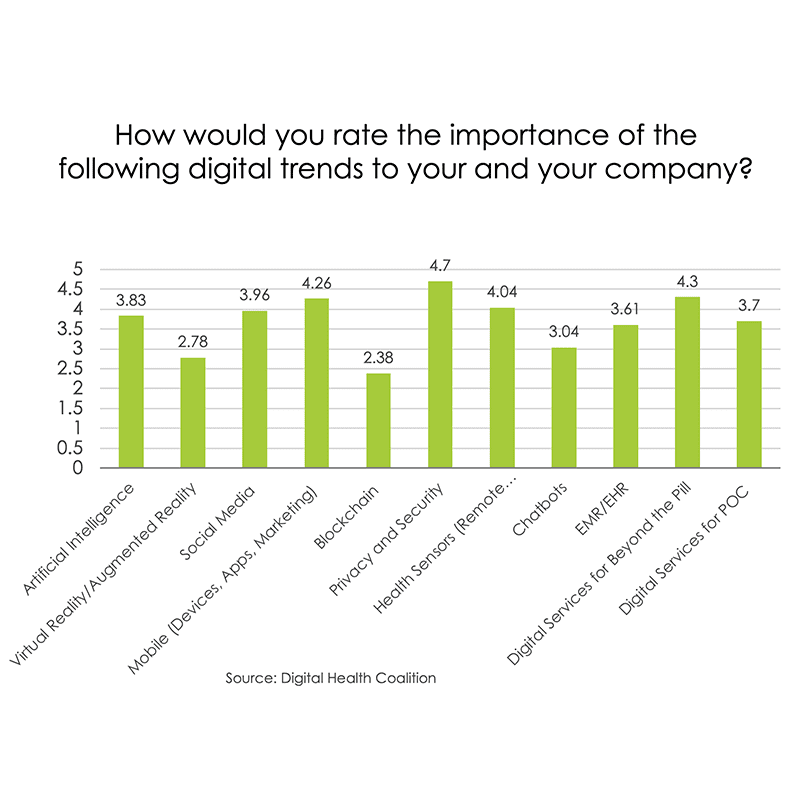
LEVERAGING DATA
In fact, a DHC survey asked pharma marketers to rate digital trends on importance today and in 2020 and in both instances “Privacy and Security” earned top ranking by a significant margin. Crossix has also seen the value of leveraging patient data to improve marketing initiatives. Marketers have been using patient data (in a privacy-safe way) to reach their potential patients across all media—not just contextually relevant environments. Beyond targeting, health data can also be used to validate that efforts are working by tying specific campaigns directly to patient behaviors.
Marketers are also combining consumer data with geo-targeting innovation to provide maximum relevant message delivery. In an example on condition geotargeting from PulsePoint’s Elizabeth Pardieu: “Just as some brands target seasonally (think back-to-school or allergies), you can leverage geofencing technology to reach an audience within a specific geographic spread or DMA about a condition, illness, or virus such as Zika. Geotargeting can precisely connect disease state messaging with geographically relevant audiences to educate them on signs and symptoms to potentially decrease risk and minimize spread.”

SOCIAL & ONLINE COMMUNITIES
Leveraging smart partnerships available within the digital pharma marketing industry is a smart path to achieving better access to thriving patient communities (rather than creating their own under the pharma co or brand umbrella). Experts in online health consumers, Healthline Media, broke down several ways for marketers to get closer to user-generated content.
Todd Zander, VP at Healthline advises that marketers “would like to experiment with new patient engagement models, and they benefit from unique insights and interactions derived from emerging, mobile-first communities. The value is manifold and includes proactively braving the world of UGC. Interested brands can now move beyond the banner and get involved in patient communities, as safe and controlled opportunities do exist.” We also looked at the role of pharma in online communities that are managed or driven by patients.
Brands are seizing opportunities to leverage social channels and patient influencers in ways that can drive high-value actions, such as downloads of a doctor discussion guide or request a telehealth consult (as we saw with AMAG and Plushcare at the DHC Summit). These kinds of actions, driven through social channels, are helping brands connect with patients in meaningful ways and simultaneously evolve their CRM strategy. That in turn opens the door to new touchpoints with consumers at different points along the patient journey – both online and offline.
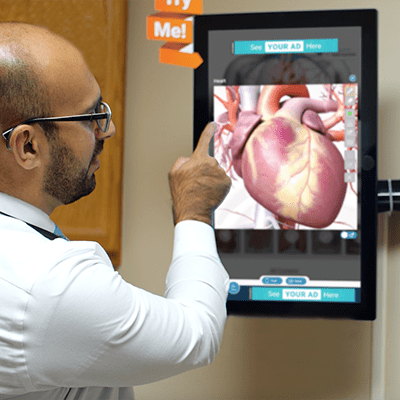
POINT OF CARE
“The exam room is home to the most important conversations between doctors and patients. Digital point-of-care solutions bring brands into each of these pivotal, decision-making moments! By leveraging technology-enabled POC solutions in the exam room, brands become part of a trusted, customized content package where brand content is positioned alongside highly relevant education and messages from the practice. The result is better doctor-patient engagement, more informed treatment decisions and, ultimately, value for sponsoring brands.” explained Linda Ruschau, Chief Client Officer, PatientPoint.
As a result, they are now partnering with Verywell, one of the largest and fastest-growing online resources for health and wellness content in order to bring an experience to audiences at the point of care. And in case you missed the news, these partnerships are having a significant impact on both patient and physician behavior. Our members at PatientPoint partnered over the last two years with the incredible non-profit Shatterproof to combat opioid abuse. In data just released this week, we learned that nearly 21,000 primary care physicians featuring the PatientPoint/Shatterproof in-office opioid education from October 2017 to May 2018 prescribed nearly three million fewer opioid pills than the national average over the same time period. We would like to add our congratulations for this outstanding result!
AI
In case you missed it, last month’s DHC newsletter was all things AI. We encourage you to go back and review the feature article to learn more about how AI is changing the game in healthcare. Read it now →
IS CX RELEVANT TO PATIENTS TAKING AN RX?
A DHC Op-Ed on The Customer Experience from DHC Co-Founder, Mark Bard

Investments in customer experience platforms, data, and analytics have rapidly increased across various industries over the past decade. Industries such as travel, hotels, finance, and auto are judged internally – and by shareholders – according to their Cx metrics.
Metrics such as Net Promoter Score (NPS) have become the way to judge brand success. The global software behemoth SAP (operational data) recently spent $8 billion on Cx software platform Qualtrics as they see a big future in “experience data” to complement the operational data already being used by firms to run their business (using SAP) as efficiently as possible.
This begs the questions …
Is Cx relevant to health care delivery? Is Cx relevant to the relationship between a pharma company (brand) and the patient?
While health delivery organizations (and physician offices) continue to invest in systems to track, optimize, and improve their customer experience (and satisfaction) over time, the pharmaceutical industry has been slow to adopt many of the same tools and systems focused on what happens after the customer is made aware of the brand – and acquired. Do they enjoy the “experience” they have? Will they recommend the product (brand) to a friend or colleague? These are vital questions brands have to answer.
In some cases, the Cx may not matter. If it’s a brand with little to no competition – it’s all about the physician and insurance coverage, right? However, when dealing with patients with chronic conditions (and with multiple products as options) one can argue the experience the patient has – start, education, adherence over time – is a point of differentiation between brands. That said, there is a big difference between saying a brand is “patient centric” and basing the comp, bonus, and promotion of key managers (and management) on how well they meet Cx metrics – as is often the case in industries such as travel and banking.
ADDITIONAL INSIGHTS FROM DHC PARTNERS

The Mandate for Designing Around the Customer Experience
Via DHC | Website →
This month we asked JUICE Pharma founding partner, Forrest King, to provide an Insights with Innovators piece on the customer experience. Forrest discusses why designing around the customer experience is something that is quickly driving yet another seismic shift in creating pharma promotional work across multiple channels. He provides a quick peek behind the curtain that illustrates how the customer’s experience should drive the creation of a brand.com website.
Read More Here →
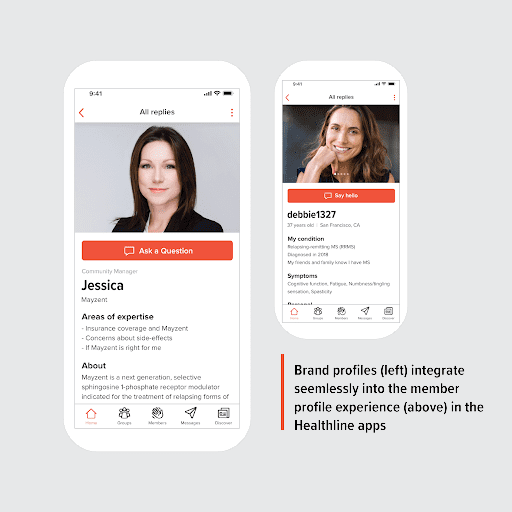
3 Ways for Pharma to Get Closer to User-Generated Content
Via Healthline Media | Website →
Online patient communities are thriving and have become instrumental in guiding people’s health decisions. But, with a few exceptions, pharma is on the outside looking in, holding themselves at bay because of concerns with being associated with uncontrolled user-generated content (UGC). Some pharma brands have forged a way into patient communities by disabling user comments, but they end up losing the most social aspect of social communities.
Read More Here →

Creating an OmniChannel Experience
Via Meltmedia in PM360 | Website →
In this article, Justin Grossman shows how to think about the customer experience before a purchase or transaction occurs—instead it should encompass the entire customer journey. As CEO of meltmedia, Justin Grossman brings his passion for technology and business strategy to bear on the challenges facing today's pharmaceutical marketers. His experience with brands including Genentech and Johnson & Johnson has earned meltmedia national recognition for its client work and award-winning culture.
Read More Here →
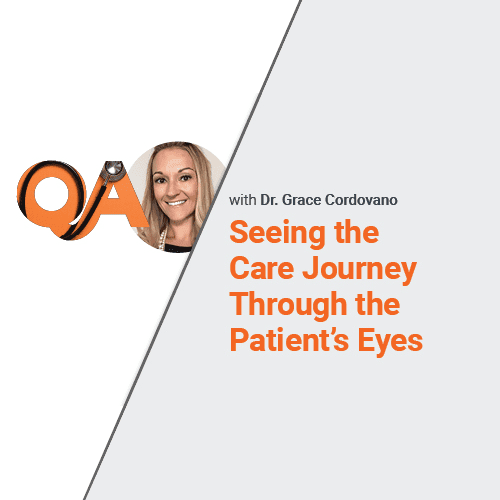
Seeing the Care Journey Through the Patient’s Eyes
Via PatientPoint | Website →
PatientPoint's Linda Ruschau interviews Grace Cordovano, an award-winning, board-certified patient advocate (BCPA) who specializes in fostering private, personalized patient advocacy services in the cancer arena. Grace gained a unique view of the patient journey by working intimately with dozens of cancer patients—including her mother—and by going through the journey herself when she was misdiagnosed with advanced lymphoma. As a result, Grace sees opportunities for brands to improve the care experience for these patients.
Read More Here →

The Customer Experience from the Customers Themselves – Physicians
Via SERMO | Website →
SERMO leveraged the quick turnaround global HCP survey platform, RealTime, to ask US physicians their thoughts on whether healthcare partners are actually delivering the content that physicians WANT or find helpful? In this summary of the research results, they will share what they learned.
Read More Here →
DHC EVENTS COMING SOON

DHC East Coast Summit
October 8, 2019
NEW TIME: 10am - 3pm, includes lunch
Hosted by AstraZeneca
Request a Seat Today →
Mark your calendar now!

DHC West Coast Summit
November 14, 2019
Hosted by Genentech
Request a Seat Today →
Mark your calendar now!
DHC PARTNERS IN THE NEWS
DHC CONTENT
DHC’s Executive Director, Christine Franklin, recently interviewed Meghan Rivera, Vice President, Head of Women’s Health Sales and Marketing at AMAG Pharma. Meghan has been a member of the DHC Advisory Board for several years and a vocal advocate for innovation within digital pharma marketing. We sought out her perspective on the topic of patient-centricity, having watched her cultivate a culture at AMAG which genuinely prioritizes the patient. Read Now →
DHC Co-Founder, Mark Bard, recently had the opportunity to interview one DHC member and leader of the Boston digital health innovation scene, Cris De Luca. Cris was recently recognized as a Top 40 Healthcare Transformer by MM&M Magazine. He is currently the Global Director of Digital Innovation for Johnson & Johnson Innovation, based in Cambridge, Massachusetts. Read Now →
Just released on July 31, this informative webinar gives a first-hand look at the new environment of price transparency in the physician workflow. Medication Affordability continues to be one of the most prominent challenges facing healthcare today. Watch Now →
DHC and HCB Health partnered earlier this month on a webinar unveiling new research on physician attitudes and trends towards mobile healthcare. Attendees also heard more about the overall size and potential of the mobile health marketplace today and in next 5 years and several other key takeaways. The Webinar is now available on demand. Watch Now →
